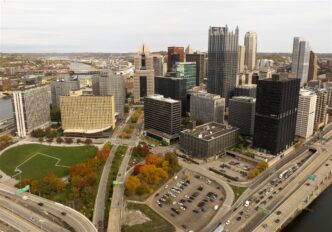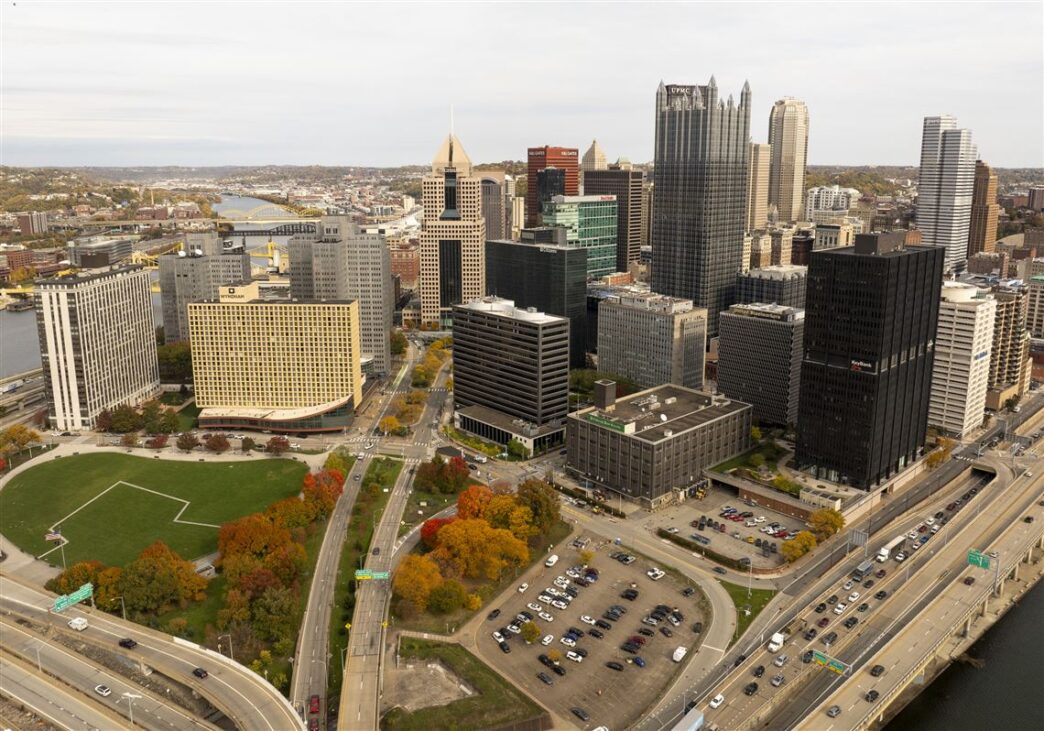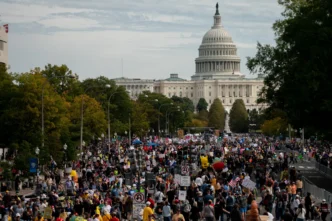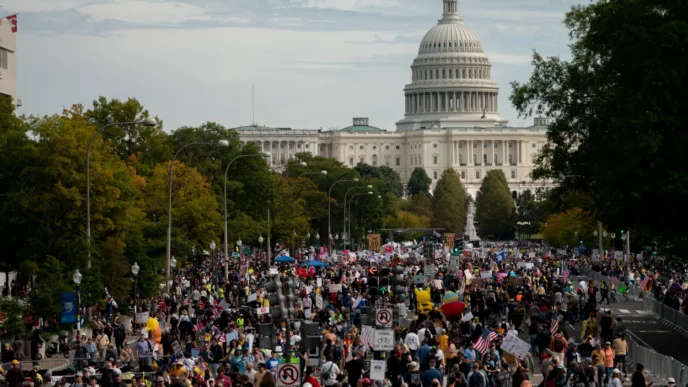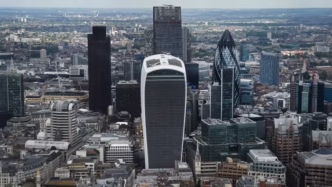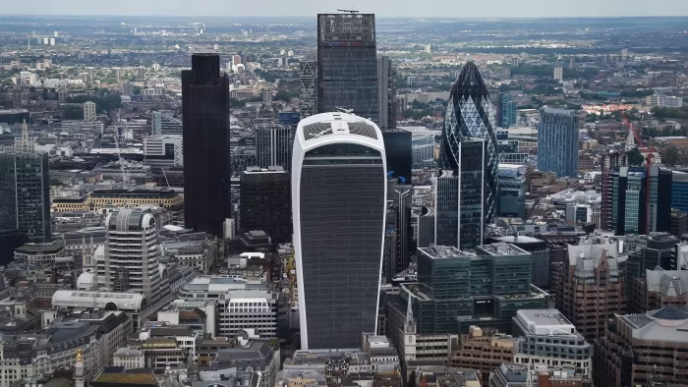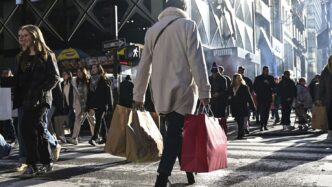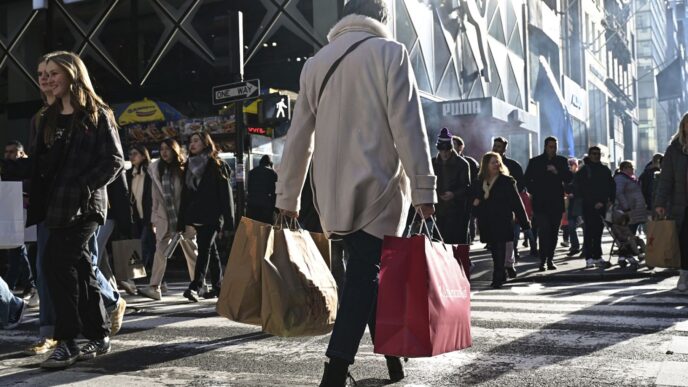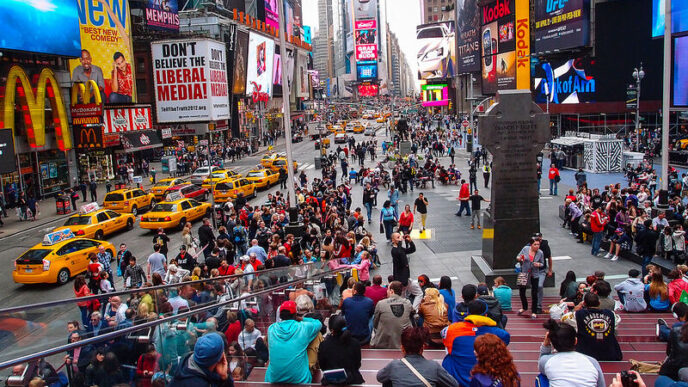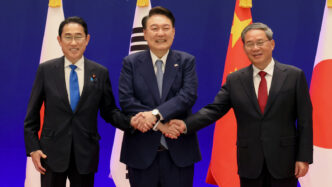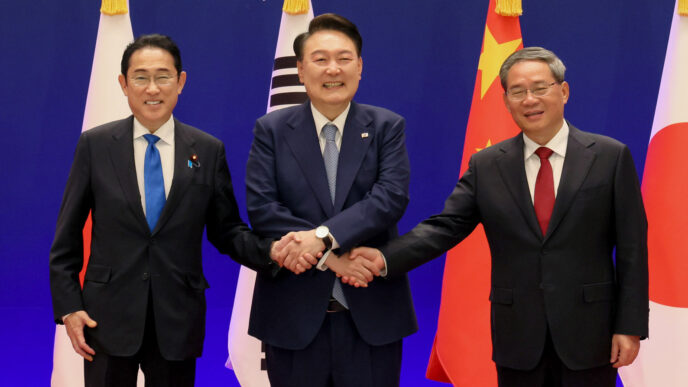America’s post-industrial rebirth depends on education and innovation — not just factories and tariffs.
When Donald Trump promises to “revive American greatness,” he often invokes an image of steel mills roaring back to life, auto plants humming, and workers reclaiming the manufacturing dominance of the 1950s. But as his 2025 economic agenda focuses on reshoring industries, cutting education funding, and imposing steep tariffs, cities like Pittsburgh — once the epicenter of American steel — reveal a more complex truth: America’s real revival story lies in knowledge, not smokestacks.
Today, Pittsburgh stands as one of the most striking examples of urban renewal in modern U.S. history. Once choked by smog and unemployment after the steel collapse of the 1980s, the city reinvented itself through universities, medical innovation, and technology entrepreneurship. It’s now home to some of the nation’s leading research institutions — Carnegie Mellon University and the University of Pittsburgh — and a thriving ecosystem of AI, robotics, and healthcare startups.
Yet Trump’s 2025 economic platform, focused on reviving heavy industry while slashing federal education and research budgets, threatens the very model that brought cities like Pittsburgh back from the brink.
Pittsburgh: The Blueprint for Post-Industrial America
When the last steel furnaces shut down, Pittsburgh faced an existential crisis. Between 1970 and 1990, the city lost over half of its manufacturing jobs, and its population shrank by a third. But instead of clinging to the past, Pittsburgh’s leaders — both in government and academia — bet on education and innovation.
Carnegie Mellon transformed into a world leader in computer science and robotics, while the University of Pittsburgh Medical Center (UPMC) evolved into a healthcare and biotech powerhouse, now employing more than 100,000 people. The result: Pittsburgh’s GDP has doubled since 2000, and its unemployment rate hovers near 3.8%, one of the lowest among Rust Belt cities.
“What saved Pittsburgh wasn’t steel — it was science,” said Dr. Rebecca Lane, a regional economist at the Brookings Institution. “Education and research became the new factories. Knowledge became the export.”
This renaissance has turned Pittsburgh into a template for post-industrial resilience, attracting tech giants like Google, Meta, and Apple, all of which have research labs in the city.
Trump’s Economic Plan: A Return to the Old Economy
Donald Trump’s second-term economic platform, unveiled at rallies in Ohio and Pennsylvania, promises a “Second American Industrial Revolution.” Central to this vision are 100% tariffs on imported goods, tax breaks for domestic factories, and reduced funding for “non-essential” federal programs — including academic research and university grants.
According to Trump, “universities have become overfunded and underproductive”, and the U.S. must “stop wasting money on degrees that don’t lead to jobs.” His proposal would cut federal support for public universities by nearly 20%, redirecting those funds toward industrial subsidies and trade protection.
“We’re going to bring back American steel, American cars, and American pride,” Trump said during a speech in Youngstown. “Not everyone needs a college degree to make America great again.”
However, economists warn that such policies could undermine the very ecosystems that drive job creation and regional growth in the 21st century.
The Paradox of Industrial Nostalgia
Pittsburgh’s story underscores a key paradox in Trump’s approach: manufacturing revival requires innovation, and innovation depends on education, research, and skilled labor.
Many of the new jobs in advanced manufacturing — such as robotics, precision engineering, and materials science — require workers trained at universities or technical institutes. Carnegie Mellon’s National Robotics Engineering Center, for instance, has helped develop technologies now used in aerospace and autonomous vehicles, creating thousands of high-paying jobs across Pennsylvania.
“If you gut research funding and cut ties between universities and industry, you don’t get more jobs — you get fewer,” said Professor Alan Mendez, dean of economics at Carnegie Mellon. “Trump’s plan could end up hollowing out America’s innovation base just as global competition intensifies.”
Data from the National Science Foundation shows that 70% of U.S. patents originate from university-led or university-linked research. Without robust federal investment in higher education and R&D, cities like Pittsburgh — and emerging innovation hubs like Austin, Raleigh, and Minneapolis — could lose their competitive edge.
Hospitals and Universities: The “Eds and Meds” Economy
Beyond education, Trump’s industrial-first agenda could also destabilize the healthcare and research sectors, which employ one in six American workers and form the economic backbone of many mid-sized cities.
In Pittsburgh, the University of Pittsburgh Medical Center (UPMC) alone generates $25 billion in annual revenue, dwarfing the city’s old steel output. UPMC funds medical research, sponsors startups in biotechnology, and trains thousands of healthcare professionals each year.
“UPMC isn’t just a hospital system — it’s an economic engine,” noted Dr. Michelle Harrington, a healthcare policy analyst. “Cutting federal research grants or Medicaid funding could ripple through local economies and undo decades of progress.”
Federal support through the National Institutes of Health (NIH) and Department of Energy (DOE) has been critical to maintaining America’s leadership in medical and technological innovation — sectors Trump’s tariff and austerity policies risk starving of resources.
The New American Economy: Brains Over Brawn
While Trump’s campaign rhetoric celebrates traditional industry, the U.S. economy has already shifted irreversibly toward knowledge, services, and technology.
In 2025, manufacturing accounts for just 10% of U.S. GDP, compared to 21% in 1980, while the combined “Eds and Meds” sectors — education, healthcare, and technology — now represent over 25%. The cities that have thrived are those that embraced this transformation, not resisted it.
“The lesson of Pittsburgh, Boston, and Austin is clear: innovation grows where education is strong,” said Janet Liu, chief economist at the Center for American Progress. “Tariffs can’t rebuild the future. Talent does.”
Trump’s policies may energize traditional manufacturing bases in the short term, but economists argue they risk isolating America from global supply chains, increasing consumer prices, and discouraging foreign investment — a combination that could stifle growth rather than revive it.
The Road Ahead: Competing for the Future
As the 2026 election cycle heats up, Trump’s message resonates with working-class voters who feel left behind by globalization and automation. Yet the real path to sustainable prosperity, experts say, lies in empowering education, science, and high-skilled industries that can adapt to the next wave of technological change.
Pittsburgh’s revival was not the result of nostalgia for its past, but its willingness to reinvent itself through education and innovation.
The city’s transformation stands as both an inspiration — and a warning — for Trump’s America. The factories may never return in their old form, but the ideas born in university labs and hospital research centers are already shaping the next century of economic growth.
“We can’t rebuild America by turning back the clock,” said Dr. Lane. “We can only do it by investing in the future — and that means people, not just products.”
Conclusion: The Real American Revival
Trump’s economic nationalism seeks to restore a lost industrial golden age — but Pittsburgh proves that the true revival of America is intellectual, not industrial. Education, science, and healthcare are the new engines of prosperity.
If Trump’s policies succeed in rebuilding factories while weakening universities, the country could face an ironic fate: winning the trade war but losing the innovation race.
Pittsburgh’s steel mills once powered America’s rise. Today, its universities power the technologies that define the global economy. The question for Trump’s America is not whether the past can be rebuilt — but whether the future can still be funded.

